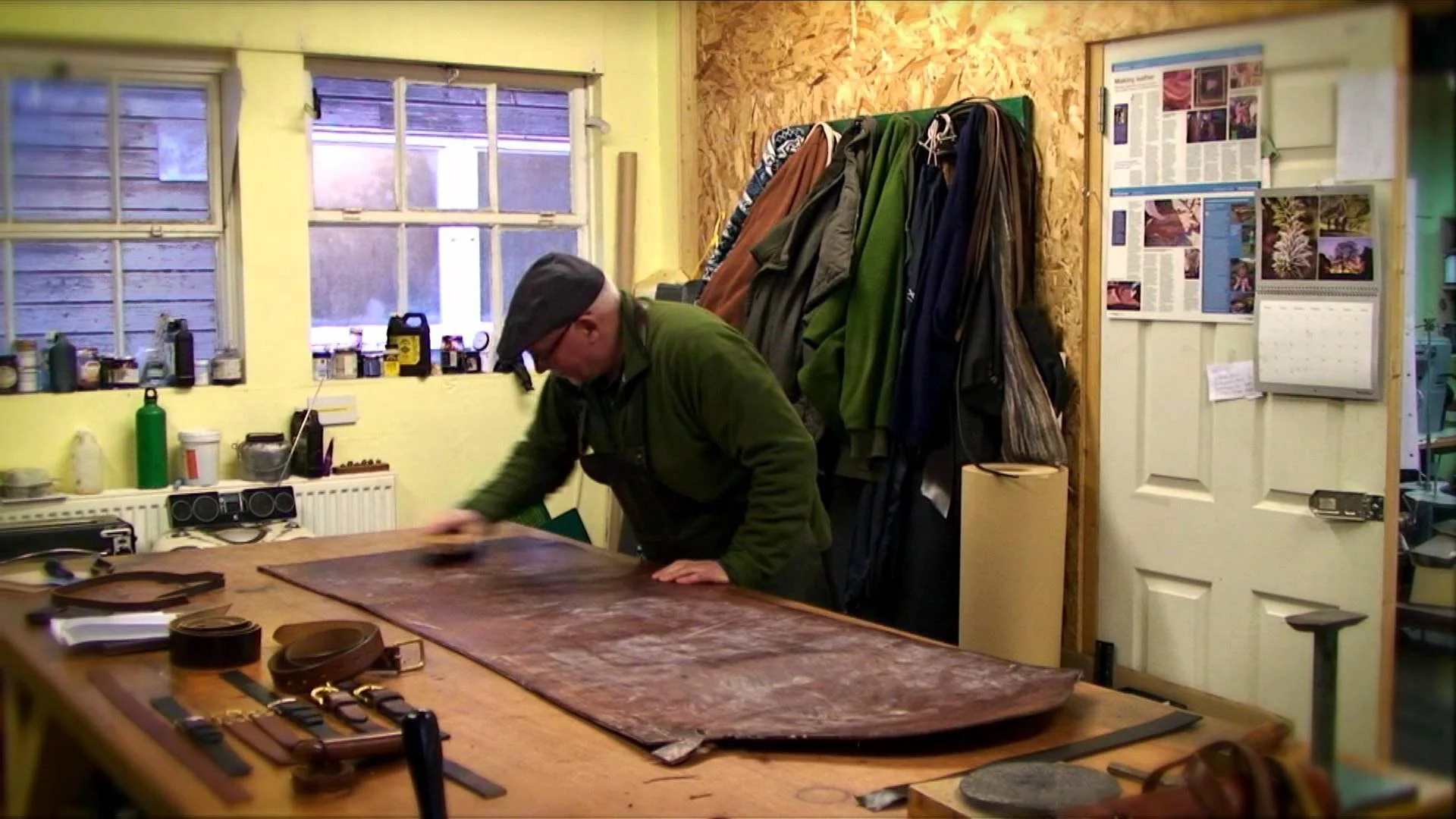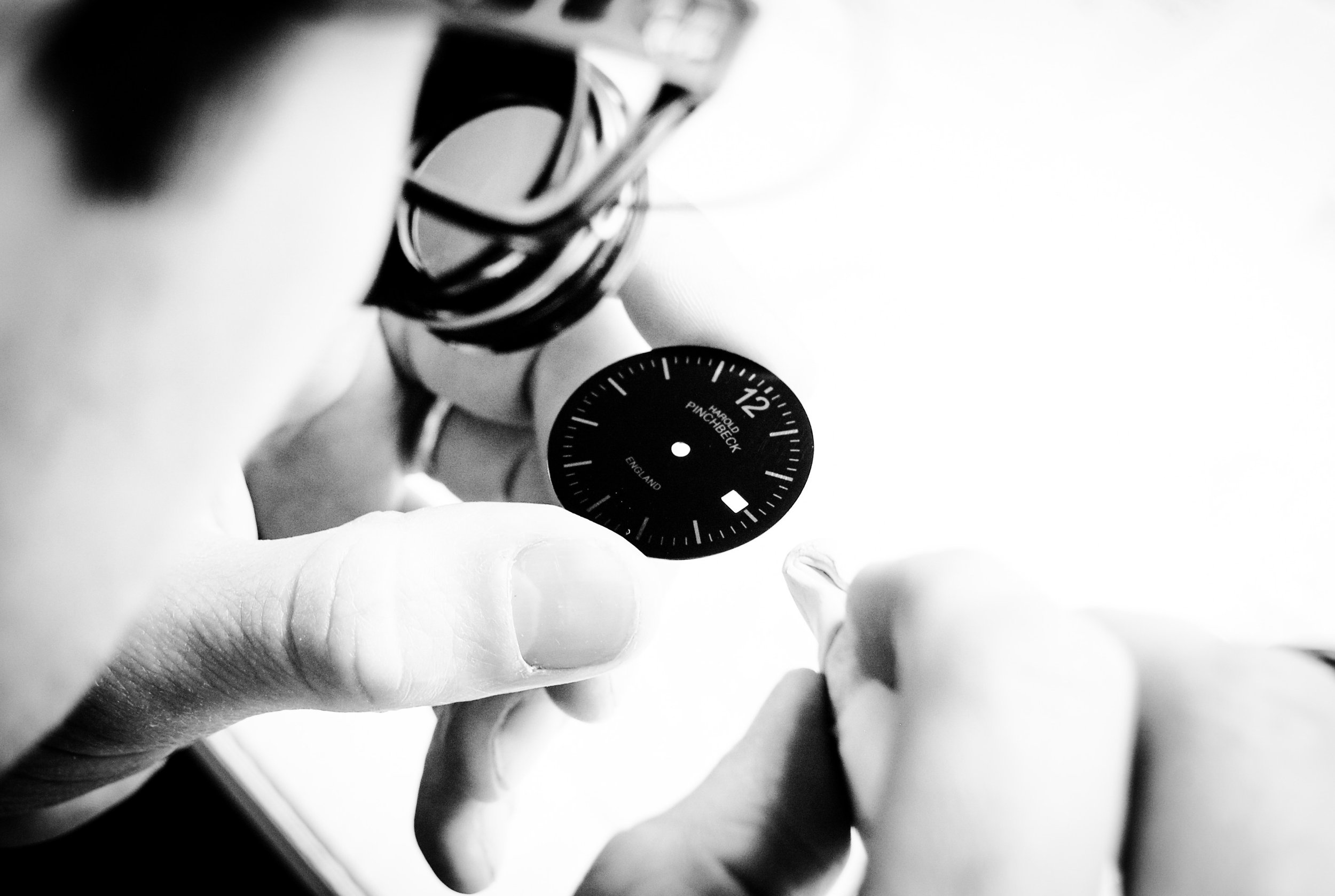
300 Years of Horology: From One Generation to Another
Our story begins in 18th Century London, where Christopher Pinchbeck I created musical and astronomical clocks, and invented the substitute for gold that still bears his name. Three hundred years later, a Pinchbeck is still producing beautiful watches in England.
Christopher Pinchbeck
Christopher Pinchbeck I lived from 1670 until 1732. It is thought that he spent time in Europe, studying with clockmakers who were already creating complex musical and astronomical timepieces, before returning to England to introduce these new ideas to a London eager for novel mechanical entertainments. For example, in 1717 he advertised such a clock for one thousand guineas (over £200,000 today); this clock still exists, in the USA. Among his customers were Louis XIV and the Great Mogul. In 1721 he moved from Clerkenwell to Fleet Street, at the sign of ‘The Astronomico-Musical Clock’, where he remained until his death. We know from his will that he had at least five children: three of them, Christopher, Edward and John, continued in the family business.
Upon his death, Christopher Pinchbeck II (1710-1783) set up in Fleet Street, near his father's old shop, which was now being run by his brother Edward. In 1747 he moved to nearby Cockspur Street. He became a friend of, as well as clockmaker by appointment to, King George III. He was an honorary freeman of the Worshipful Company of Clockmakers, and President of the Society of Engineers. Among his several patented inventions was the 'Nocturnal Remembrancer', to facilitate writing in the dark, and he was awarded a gold medal by the Royal Society of Arts for his safety crane in 1767.
A number of Christopher II's timepieces survive. The most important, a four-sided astronomical clock made for George III, is now in the Music Room of Buckingham Palace. Its case was designed by the King himself, and his architect Sir William Chambers.
Harold Hunter Pinchbeck, after whom our company was named, was born in Cottingham, near Hull. Following Army service in the Royal Field Artillery he was apprenticed to a Hull watchmaker and jeweller. In 1923 he went into business in the Lincolnshire town of Barton on Humber, taking over a clockmaker’s shop that had been trading since at least 1796, and that had once been owned by Robert Sutton (1774 - 1835), who, with the great John Harrison, was one of the only two known serious English makers of clocks of all wooden construction. Harold spent the rest of his career here, soon expanding into the newly fashionable area of wireless and gramophones. His love of classic English design - and his passion for fine engineering - inspired the current collection of Pinchbeck watches, and his grandson Paul is a founding director of the present company.
Today, this unique and rich heritage continues with Paul Harold Pinchbeck, a director of the Harold Pinchbeck company, and a dedicated team of skilled watchmakers, designers, and craftsmen.
Harold Hunter Pinchbeck



















‘And that’s how it all began, my dears, and that’s how it all began!’
- Rudyard Kipling
No other watch company is based in such historic premises.
You won’t find Pinchbeck watches jostling for attention in High Street shops. Instead, we deal direct with you, our Customer, to deliver the best service and genuine value.
We’re always happy to advise, by phone or email, and you can order online or by telephone. You will also be welcome to visit us by appointment in Lincoln.
Today, our offices and workshop are located in the Exchequer Gate, a 14th century building by Lincoln Cathedral. Interestingly, we overlook the former home of William Paley, who formulated the renowned Watchmaker Theory.




